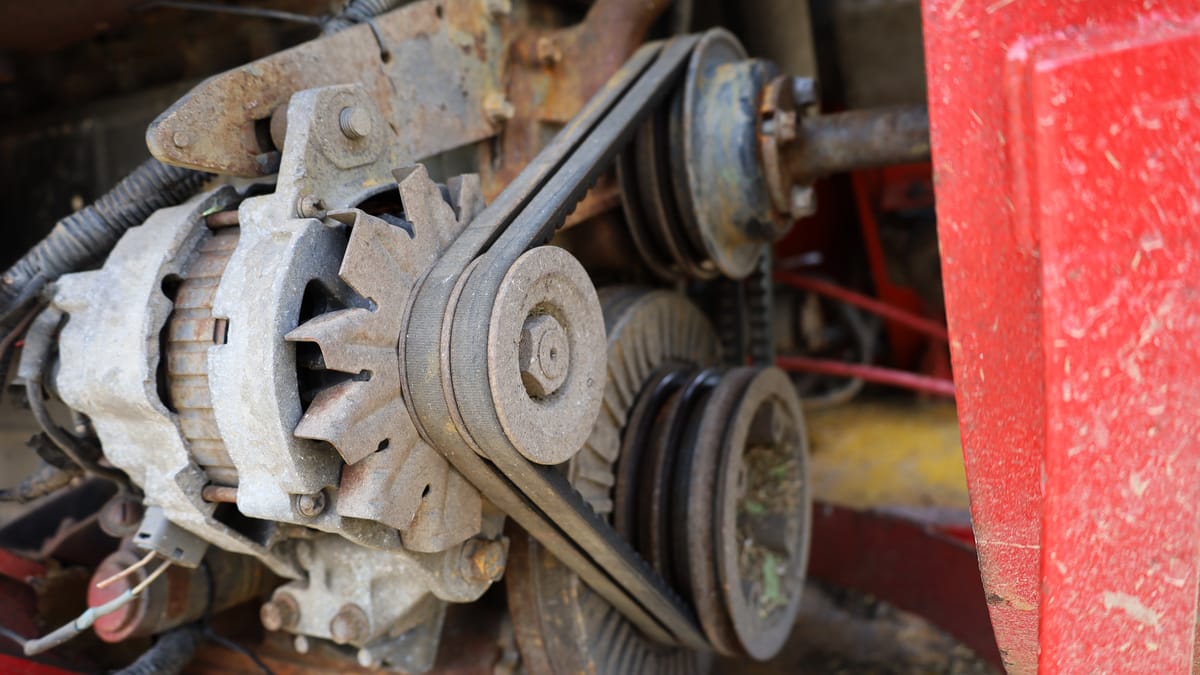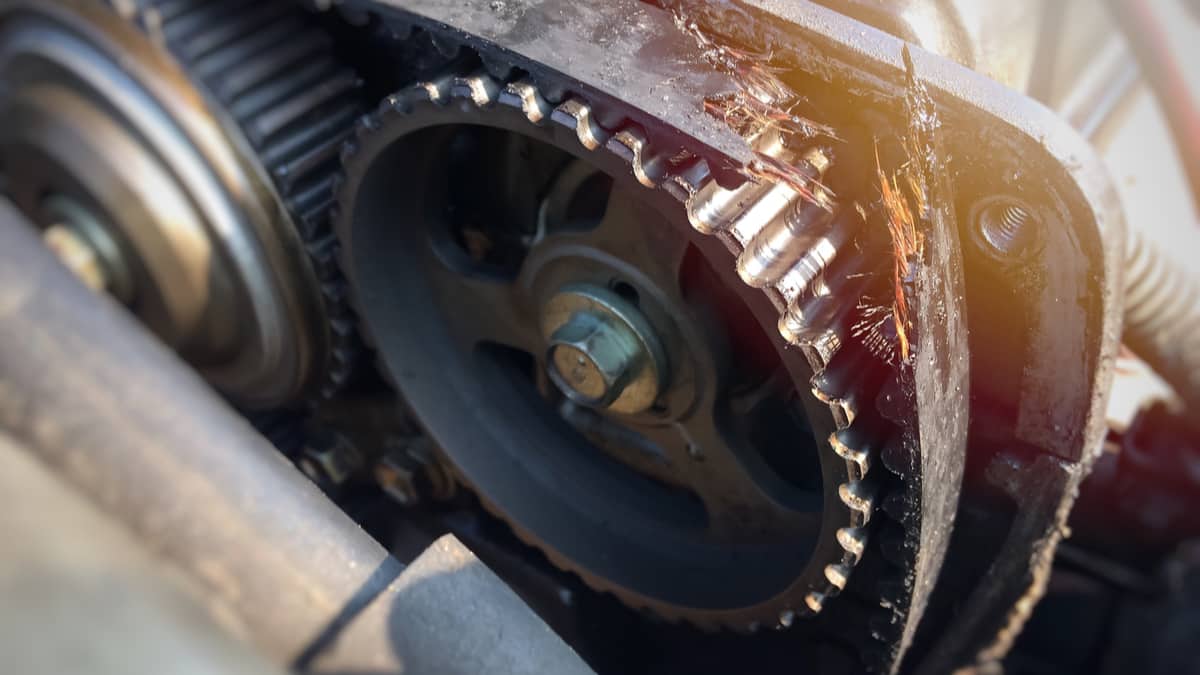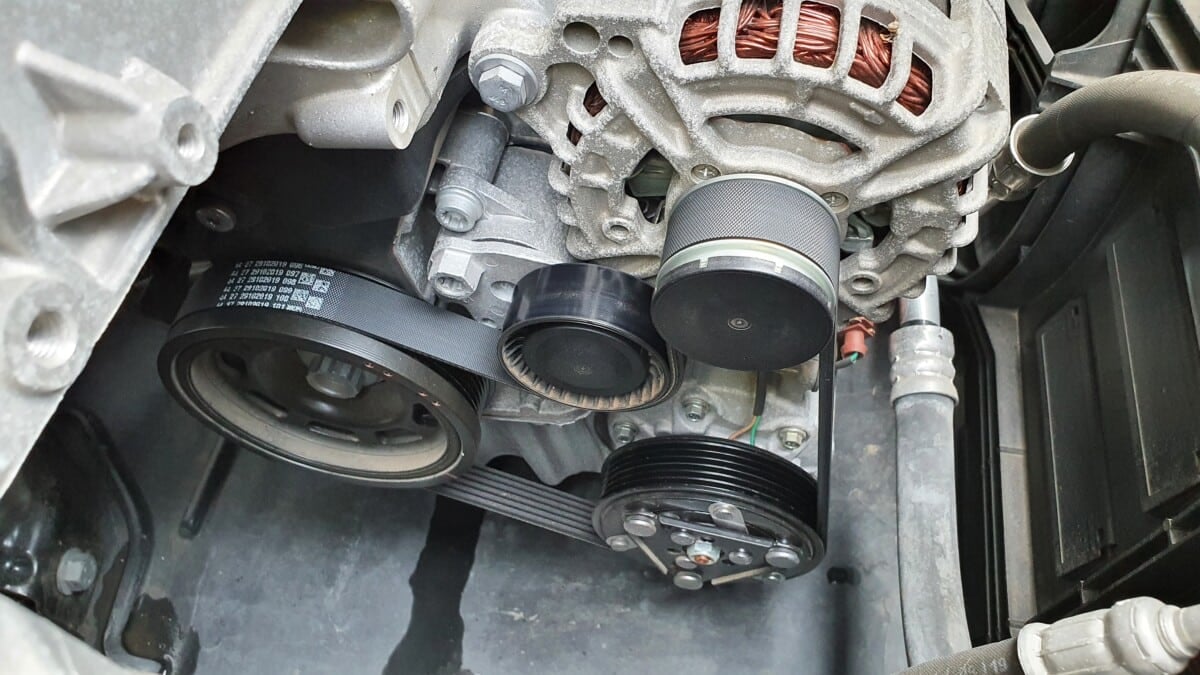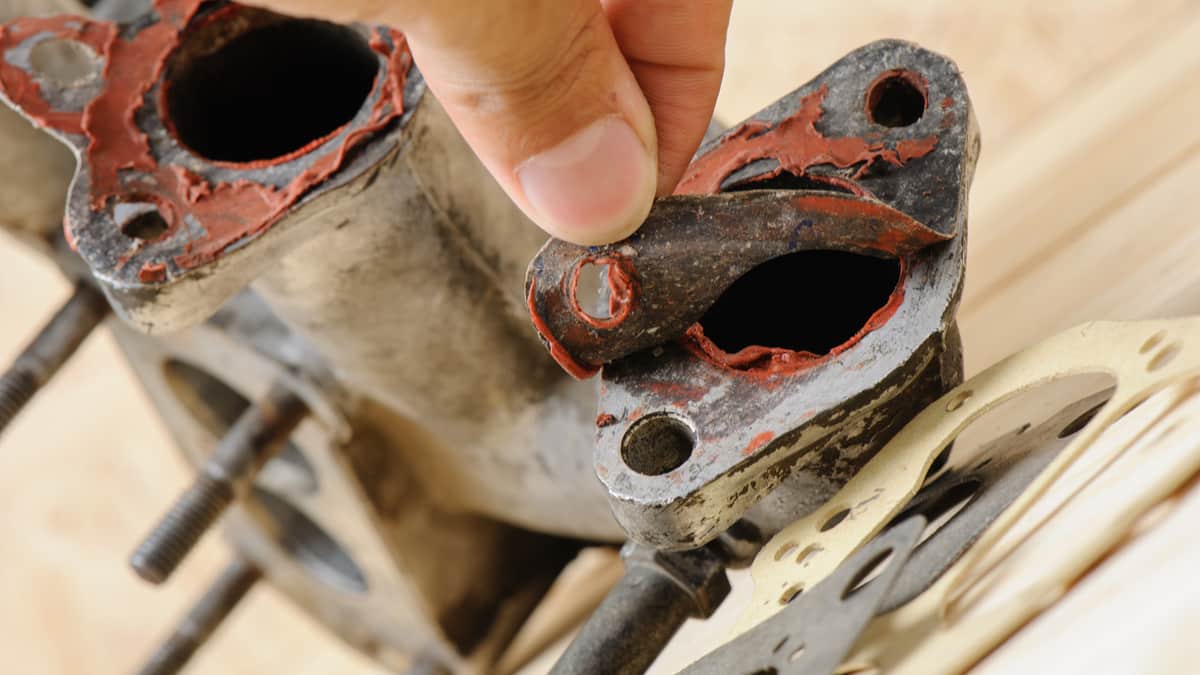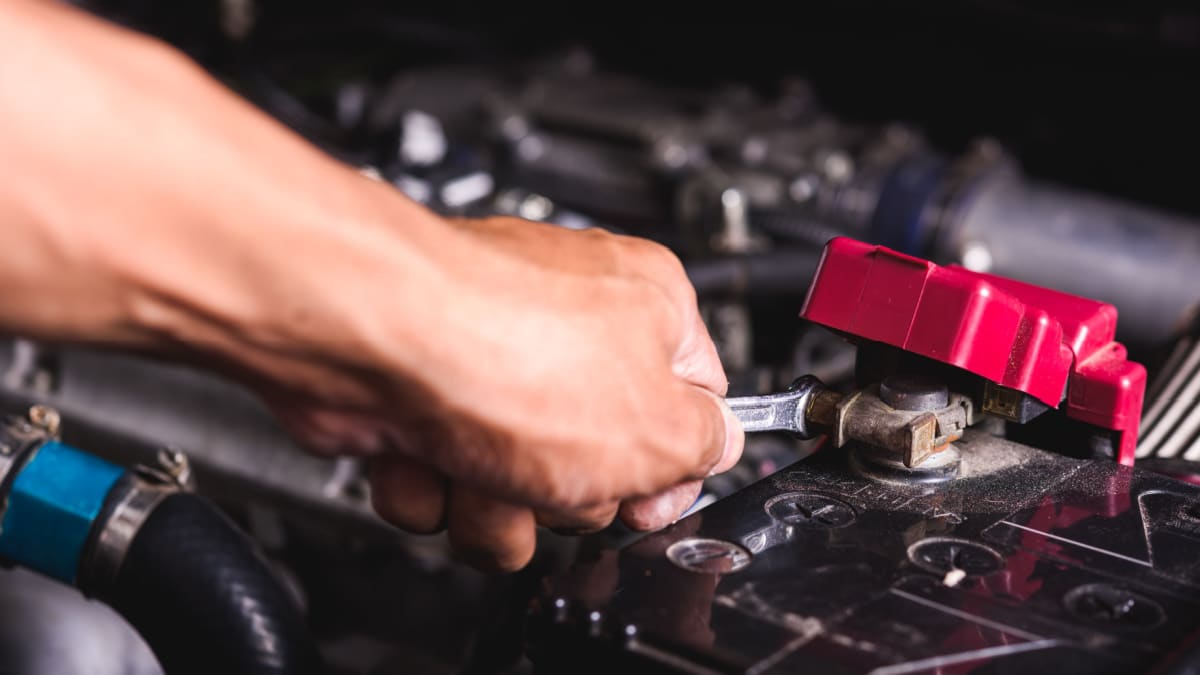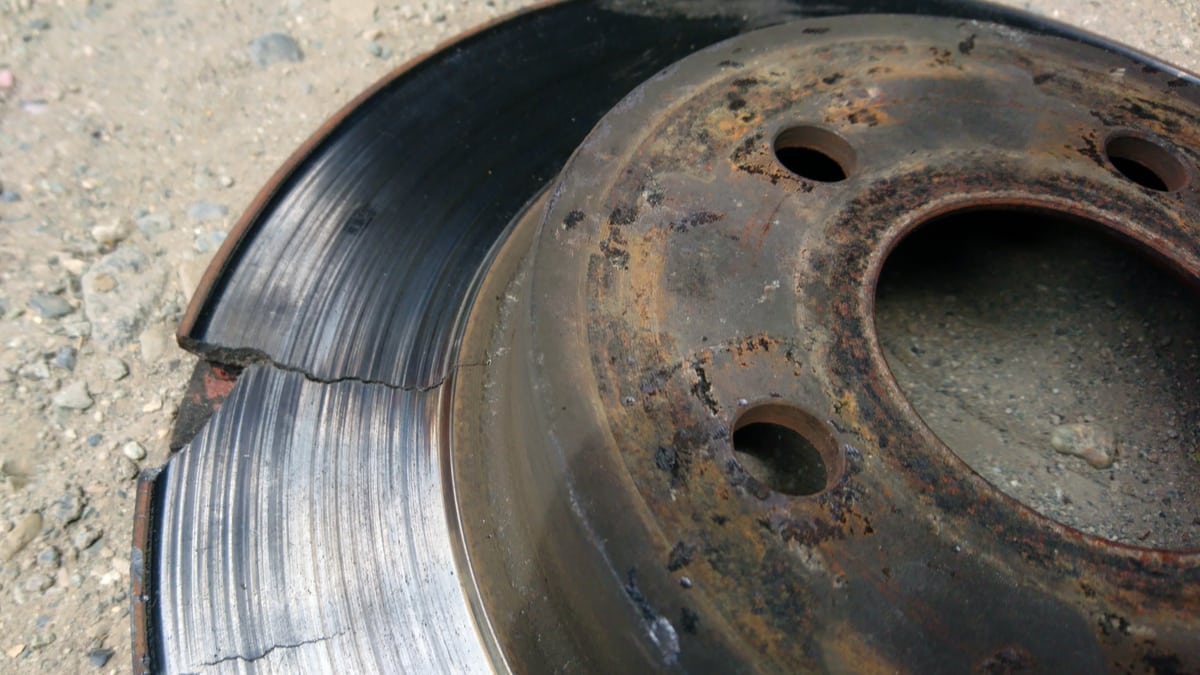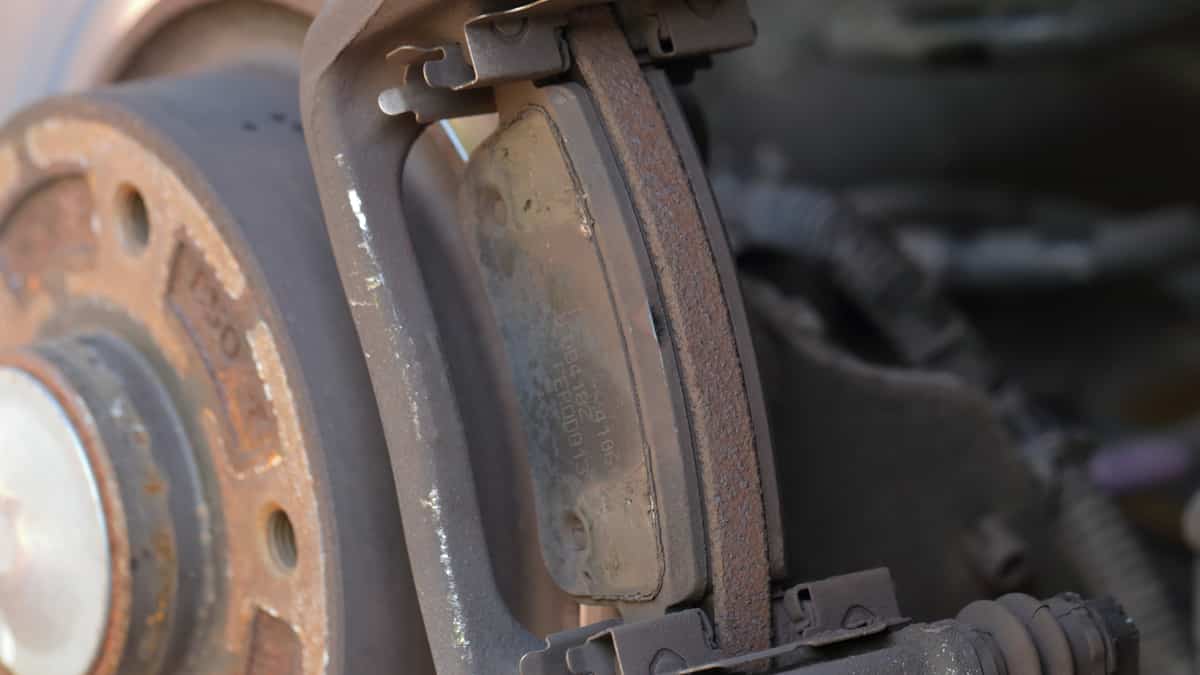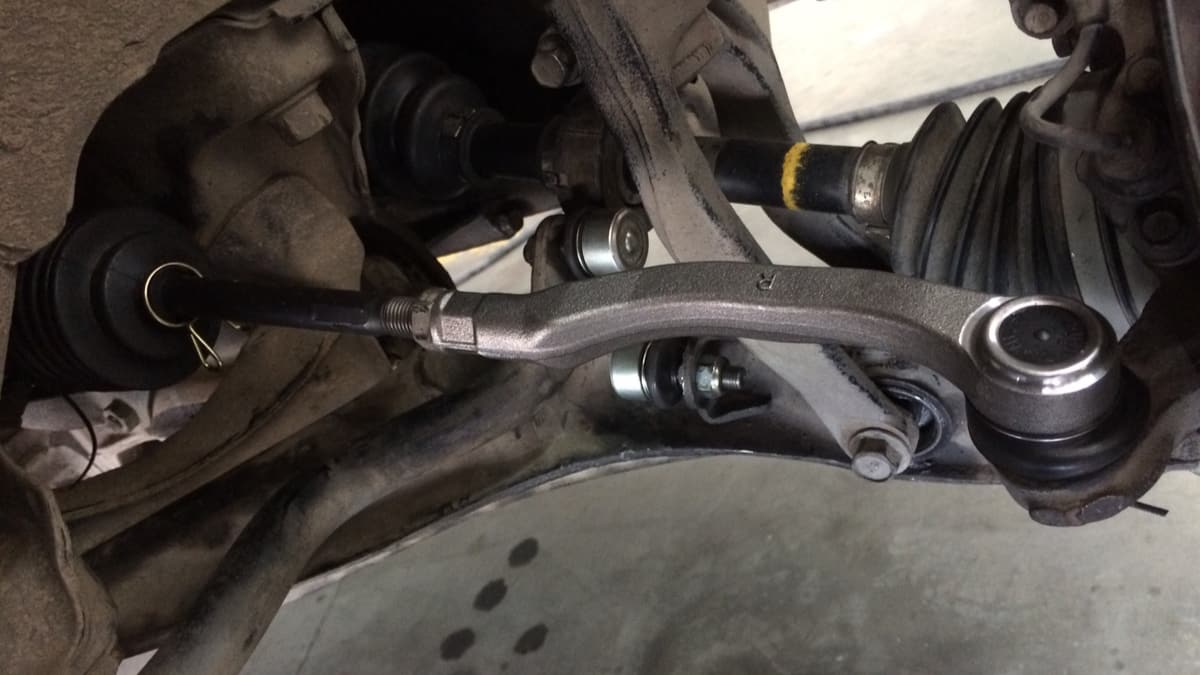It doesn’t matter if you have owned a car for a few years or a few decades; you have probably heard about a loose alternator belt before.
But how do you know when it is time to tighten it up or replace it? Is it even possible on all car models?
In this article, I will talk about the symptoms of a loose or bad alternator belt, its location, and the replacement cost. Let’s begin with a quick look at the signs to look for.
Loose or Bad Alternator Belt Symptoms
The main symptoms of a loose or bad alternator belt include:
- Battery / Alternator warning light
- Squealing Noise when cold
- Heavy or jiggery steering
- Flickering or Dimming Lights
- Sudden stall
- Dead battery
The alternator belt powers not only the alternator but also many other parts in the engine bay. Therefore, a lot of other things can fail as well if the alternator belt becomes loose.
Here is a more detailed list of the signs of a loose or bad alternator belt to look for:
1. Battery / Alternator Warning Light
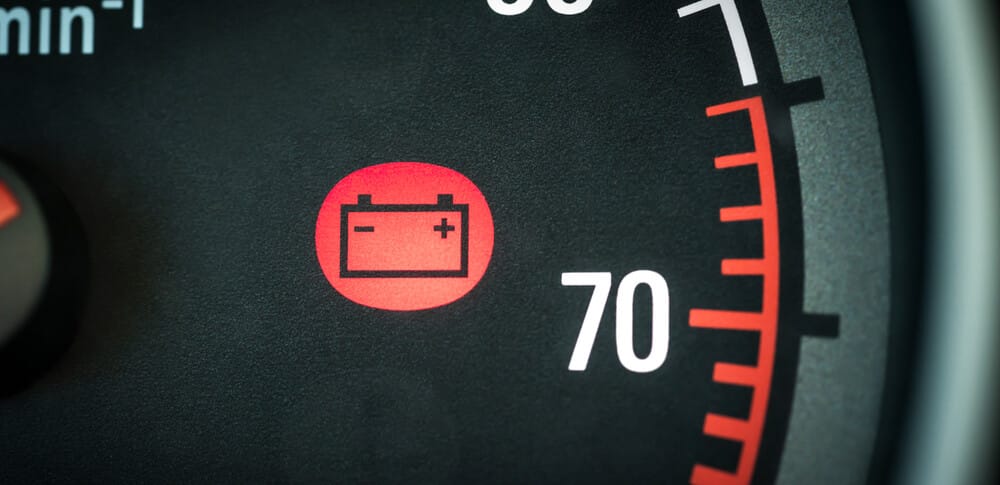
As the alternator or serpentine belt is powering the alternator, it will, of course, cause the alternator to struggle when the belt is loose. There is a battery warning light on your dashboard in most car models, which will light up when there is a problem with the charging system.
When the alternator belt is loose, the alternator will not spin at its optimal speed, and this can cause the charging voltage to drop, and therefore, the warning light will pop up.
RELATED: 8 Causes of a Car Battery Light On While Driving
2. Squealing Noise when cold

You have probably heard that many older car models have a really high pitch noise when starting them cold, which will slowly fade away as the engine becomes warmer.
This is mainly due to a loose alternator belt, which will become more slippery and wet when it is cold and create a high pitch noise when it slips on the alternator.
If you have a high pitch noise when you start the car for a few seconds, it is definitely time to check the alternator belt. You might also experience a constant high pitch noise if the belt is always loose.
3. Heavy or Jiggery Steering

As I talked about before, the alternator or serpentine belt is powering the alternator and other things like the power steering pump. Some car models have a separate belt for the alternator and the power steering pump, but models use just one.
This means that the alternator belt can also cause the power steering pump not to function properly, and you will recognize this as a jigger or constant heavy steering.
4. Flickering or Dimming Lights

When the alternator is charging the car battery, it will charge it with around 14.5 volts. When the car battery is idle, it mostly has around 12-12.5 volts. When the alternator is not functioning properly because of a slipping or loose alternator belt, the voltage will also cause spikes and drops.
You will recognize these voltage shiftings mostly by looking at the headlights or other electronic components. You can see the light become darker or brighter, and you can also see a pulsing light in some cases.
5. Sudden Stall
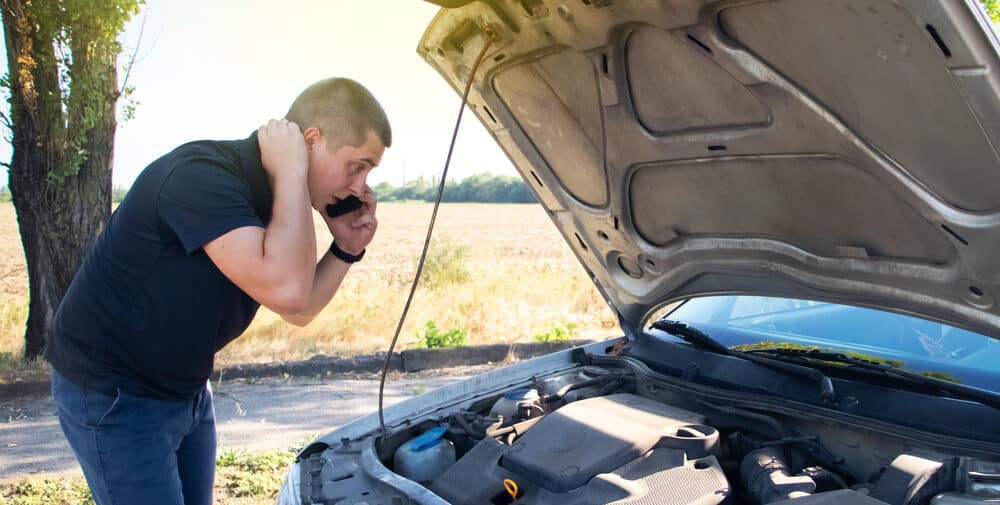
If you have been driving very far with a loose or slipping alternator belt, it can actually become so bad that the electronic components will draw more power than the alternator can produce.
This will cause the car to stall completely, and you will become stranded on the road, because there is no chance that you can start it again when the car battery is completely drained.
RELATED: 6 Symptoms of a Bad Alternator
6. Dead Battery

If the alternator belt is a little bit loose, it might charge the car battery, but not well enough. This is most noticeable when you are trying to start the car. If it sounds exhausted on the starter, it can be a sign of a loose alternator belt.
If it gets bad enough, it can even cause the car battery to be completely dead the next time you try to start your car.
Just tighten it or replace it?
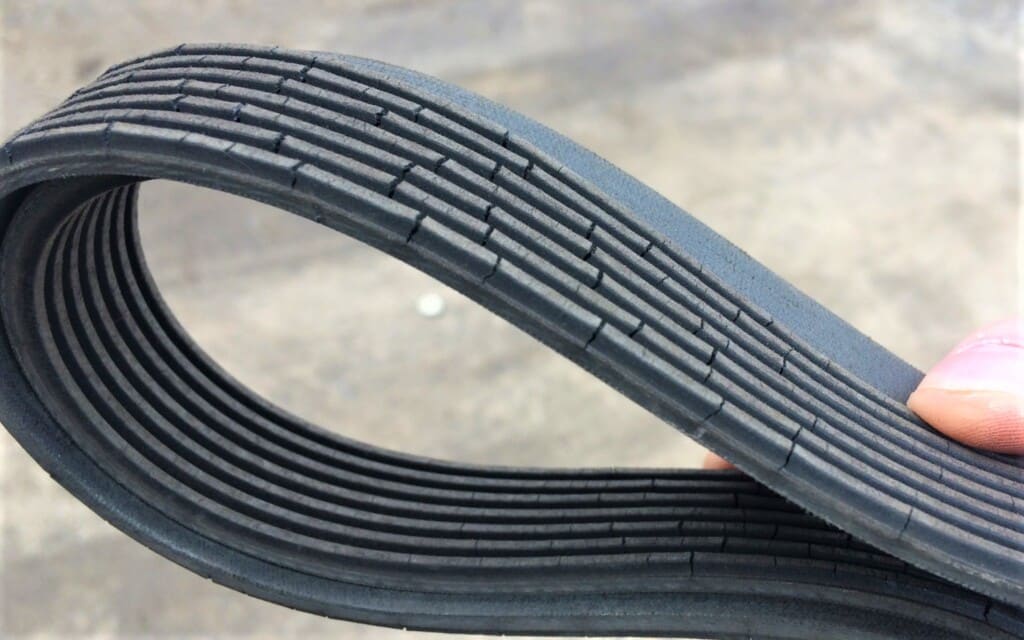
To determine if you should replace or tighten the alternator belt, you need to look at the belt. If it has cracks or looks very dry, it is definitely time to replace the alternator belt.
When buying a new belt, you need to compare it with the old belt to make sure you got the same length, as many car models can have many different belt lengths depending on the utilities like power steering, air condition, etc.
When tightening the new alternator belt, you have to make sure not to tighten it too tight. This will cause a much shorter lifespan, and it can even damage the bearings in the parts like the alternator or power steering pump.
Most newer car models use an automatic belt tensioner also, so it is quite uncommon that the belt will become loose. However, it can happen, and if you have a loose belt on a car with an automatic belt tensioner, you have to make sure the replace the tensioner while you replace the alternator belt.
Alternator Belt Location
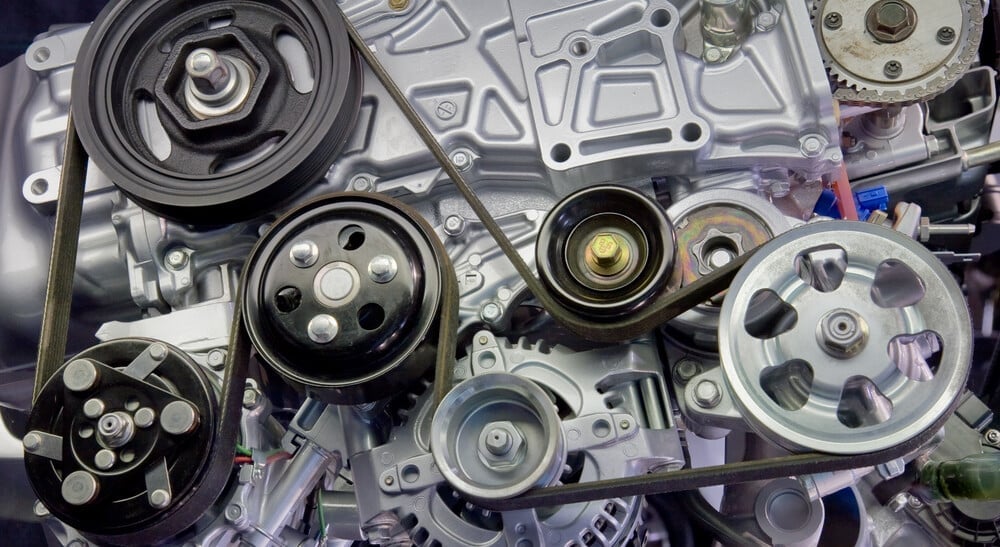
The alternator belt is located on the front of the engine. This is not the same as the front of the car, because the engine can be installed sideways in many car models.
Finding the alternator belt is quite easy in most car models, though. Look for a belt going around different wheels, and you will most likely find it.
In some car models, the belt can be located quite low down in the engine bay and close to the car’s body, making it difficult to see from above. In this case, you may have to lift the car and check from underneath.
Alternator Belt Replacement Cost
The average alternator belt replacement cost is between $50 to $300 depending on the car model. An alternator belt costs $20-$100, and labor costs $30-$200 to replace it.
The alternator belt is often quite cheap, so if you know to replace and tighten it yourself, you can definitely save some money.
As I talked about before, most modern car models use an automatic belt tensioner, and if you have a loose belt on one of these car models, you have to replace the tensioner. These tensioners are often slightly more pricey, and you can expect to pay $30–$150 for a new one.
The alternator can be installed very closely on the car’s body, making it very difficult to reach it. In some car models, you even have to lift or lower the engine to reach it properly.
Categories: Engine
